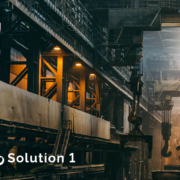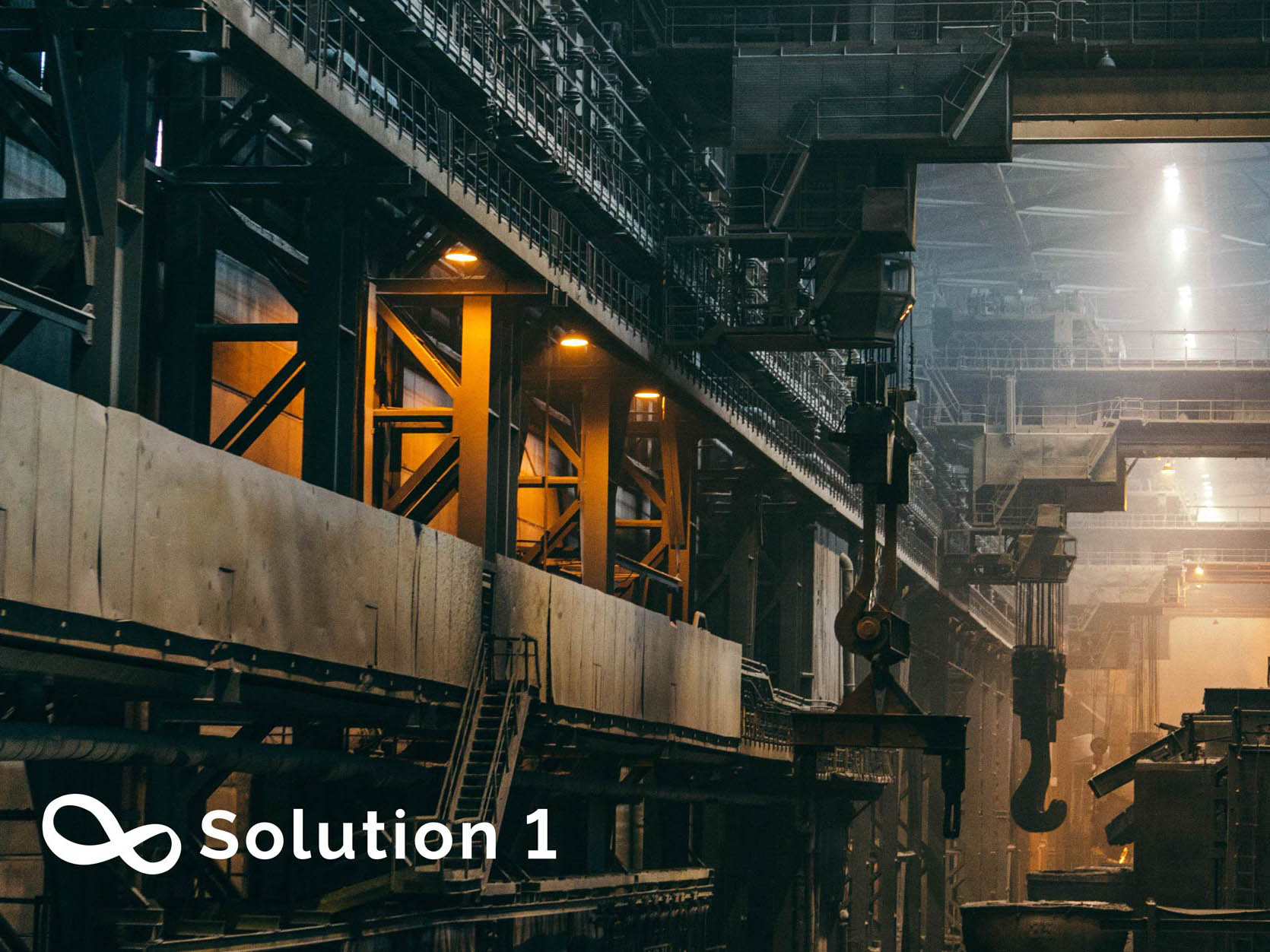The role of AI in enhancing quality control processes in the manufacturing industry.
Nowadays, we live in a technological age, the Fourth Industrial Revolution, known as Industry 4.0, which envisions a fast change in technology, industries, societal patterns, and processes as a consequence of enhanced interconnectivity and smart automation. This revolution is impacting almost every industry in every country and causing a tremendous change in a non-linear manner at an unprecedented rate, with implications for all disciplines, industries, and economies.
In a broad sense, Industry 4.0 has been defined as “A term used to describe the present trend of industrial technology automation and data exchange, which includes cyber-physical systems, the Internet of Things, cloud computing, and cognitive computing, as well as the development of the smart factory”. The digital revolution to Industry 4.0 begins with data collection, followed by artificial intelligence to interpret the data. Thus, the term “Intelligence Revolution” can be considered in the context of computing and services as the world is being reshaped by AI that incorporates human behavior and intelligence into machines or systems.
The inspection stage in the quality processes in the manufacturing industry is critical to avoid defective final products. The exigence of high-standard quality control systems in order to satisfy customer requirements, reduce waste of materials, energy, and time, and improve product safety and quality is increasing dramatically.
Improvements in quality control systems must also comply with the new requirements that the manufacturing industry is undergoing in terms of reducing lead times under increasing market competitiveness. However, quality should not only be offered in the final products, it should also be present throughout the entire production process. Techniques such as statistical process control are often used in production processes.
Quality control is a complex process whose success is based on a clear understanding of the function, characteristics, and requirements of the product being manufactured. All this knowledge is necessary to design a robust and reliable system that will repeat over time and provide confidence to human operators.
By endowing a system with the ability to see and understand, via image capturing devices, it can almost instantly determine whether or not a product meets certain predefined requirements in terms of functionality or aesthetics. Passing each product item in front of a sensor or a camera, the system can obtain accurate readings of its size, color, shape, or dimensional defects, missing parts, and internal or surface defects.
Unlike the human eye, a machine can perform this task uninterruptedly and make decisions immediately, based on the data that it receives. In this way, machine vision quality control in any industrialized area can be applied efficiently, quickly, and cost-effectively.
The use of automated vision systems and Artificial Intelligence makes it possible to inspect each item in the entire production process in real-time. The benefits for the organization are less waste, fewer reworks, fewer rejects, fewer complaints, and fewer returns, resulting in lower costs and higher productivity.
Currently, many inspection processes are carried out manually thus only a few samples of each production batch are inspected. The lack of full process automation has severe consequences such as no data traceability, human error caused by fatigue and other factors, lack of data to generate process knowledge, and limited process analysis.
The promise of employing automated machine vision and AI systems is that data is collected accurately and systematically. The move of organizations towards integrating AI into their processes is a reality. The impact on work productivity, product personalization, time-saving, and product quality is expected to continue to grow in the coming years.





